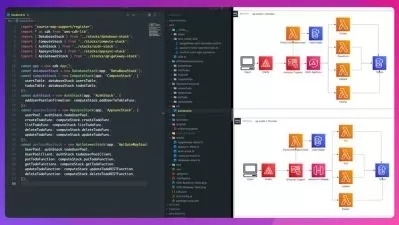AWS Certified Database - Specialty (DBS-C01)
Chris Behrens
18:25:37
Description
Introduction to AWS database technologies on a per-service basis in preparation for the AWS Certified Database Specialty (DBS-C01) exam.
What You'll Learn?
In this course, AWS Certified Database - Specialty (DBS-C01), you’ll learn to select the best suited AWS database offering based on your workload. First, we’ll discuss how different database types are best leveraged, and dive into services like RDS, Aurora, and DynamoDB. This course aims to provide the fundamentals required to pass the AWS Certified Database Specialty (DBS-C01) exam by introducing AWS database technologies on a per-service basis. Throughout the course, we’ll go over deploying AWS database resources, managing those resources, and migrating them to additional regions or database engines. We’ll also cover monitoring and troubleshooting — discussing RDS and Aurora features like Performance Insights and Enhanced Monitoring — and how to perform investigations and minimize downtime, thereby increasing availability. We’ll also touch on using services like Redshift for data warehousing and analytical workloads, and discuss popular migration methodologies between engines and services (including lessons on both homogeneous and heterogeneous migrations using AWS Database Migration Service). Going into the AWS Certified Database Specialty exam, it’s important that you feel comfortable performing administrative tasks on database resources — including everything from configuring backups, to cross-region replication, to best-practice migration methodologies. When you’re finished with this course, you’ll have the knowledge required to properly leverage various AWS database offerings, such as RDS, Aurora, Aurora serverless and global database, DynamoDB, Database Migration Service, and even services like Redshift and Neptune. You’ll have a foundational understanding of which database service is best leveraged for a given workload, taking feature availability into account.
More details
User Reviews
Rating
Chris Behrens
Instructor's Courses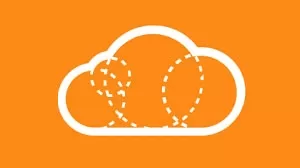
Acloud Guru
View courses Acloud Guru- language english
- Training sessions 123
- duration 18:25:37
- English subtitles has
- Release Date 2024/04/29





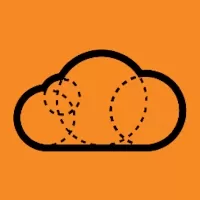
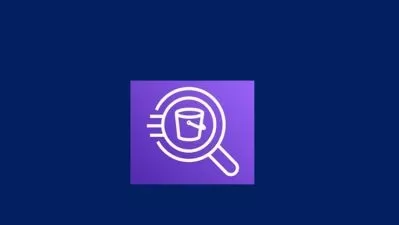

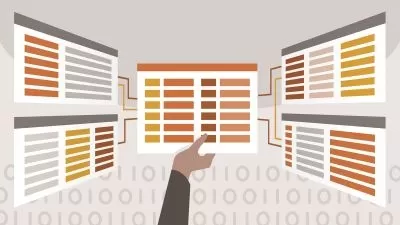


![AWS Certified Cloud Practitioner Exam Training [New] 2023](https://traininghub.ir/image/course_pic/27518-x225.webp)

